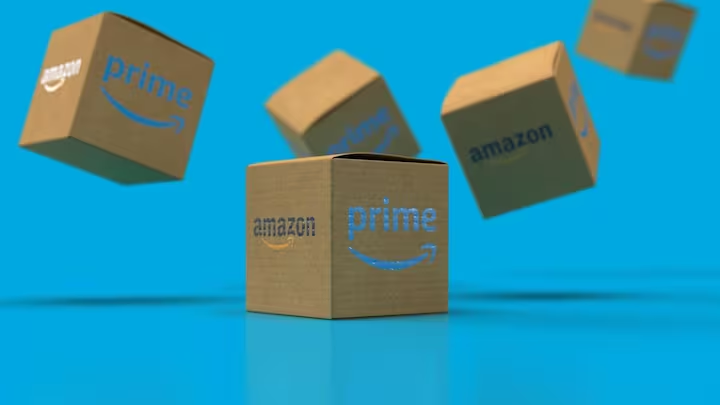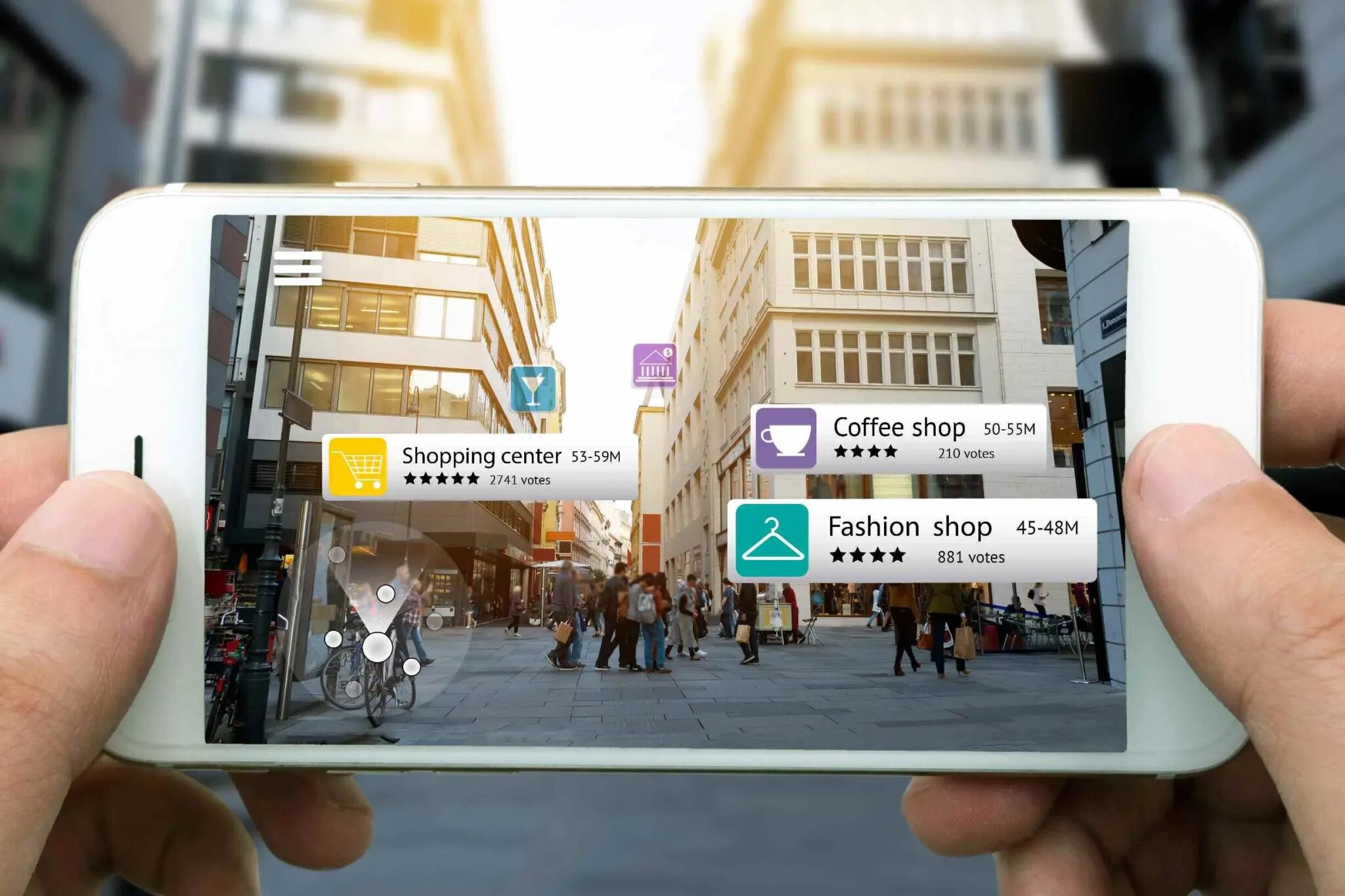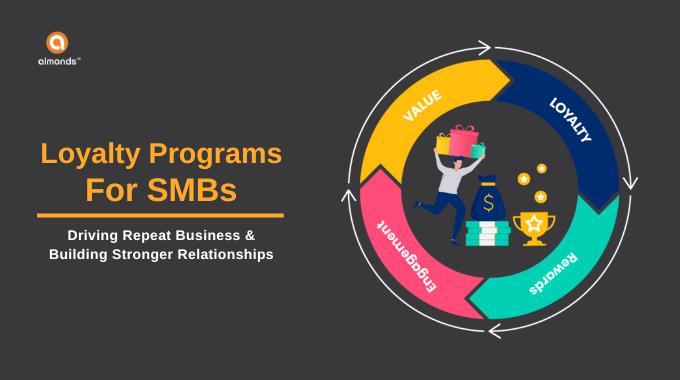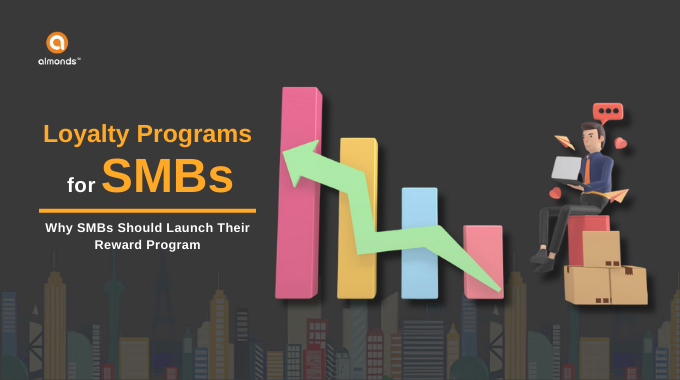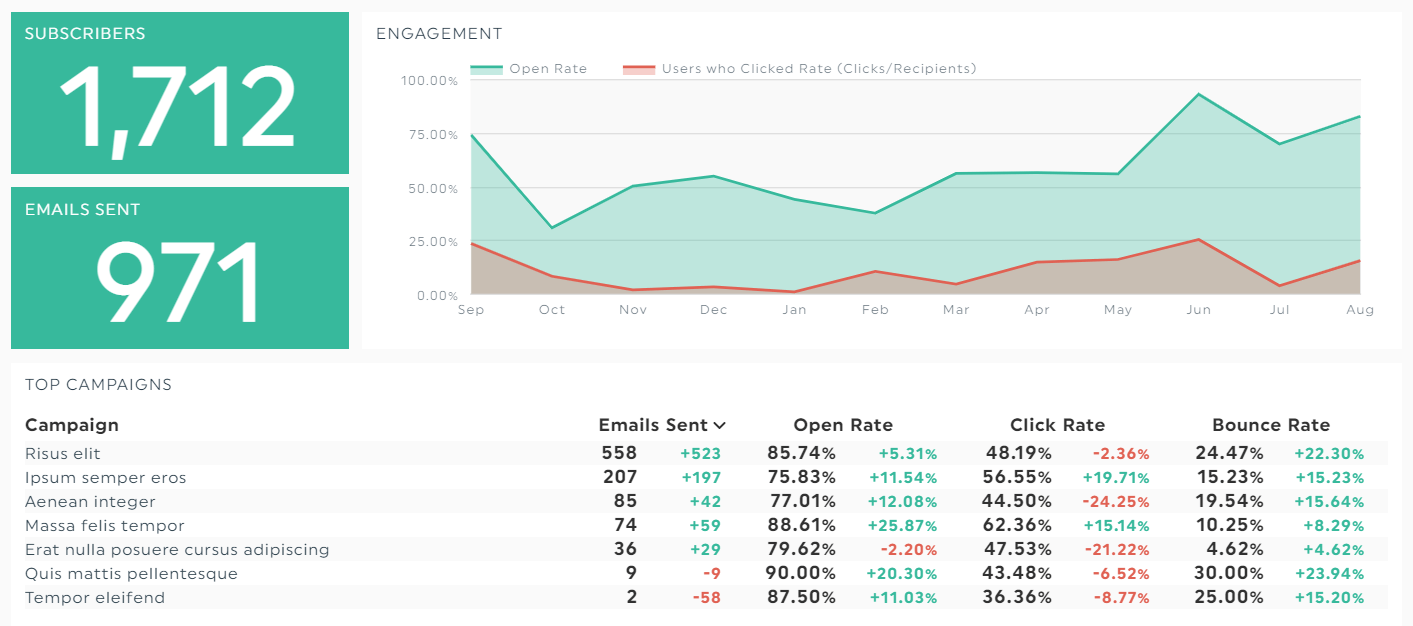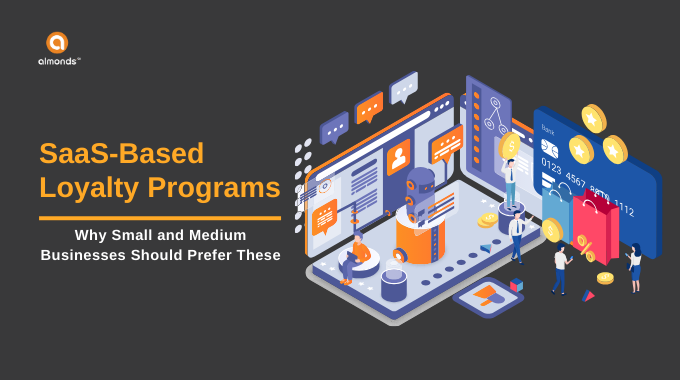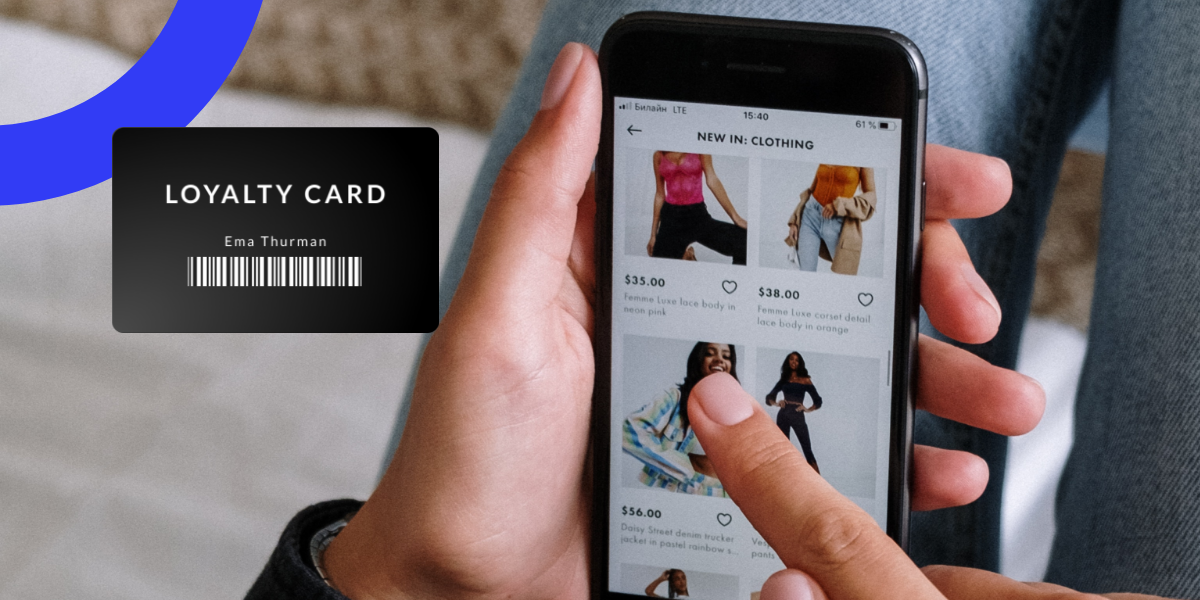In today’s fast-paced and competitive business environment, companies are continuously searching for innovative ways to engage with customers and retain their loyalty. Loyalty Programs are a key strategy used by businesses to strengthen these relationships, boost repeat business, and enhance customer satisfaction. However, to truly leverage the power of Loyalty Programs, businesses must integrate these programs with their existing software systems such as Customer Relationship Management (CRM), Enterprise Resource Planning (ERP), and e-commerce platforms.
By connecting loyalty programs with these systems, businesses can achieve a seamless data flow, improve operational efficiency, offer personalized customer experiences, and gain insights that can drive future strategies. Integration with existing software infrastructure not only ensures the smooth execution of loyalty programs but also enhances the customer experience and leads to greater program success. In this article, we’ll explore why businesses should integrate Loyalty Programs with their software systems, and what types of loyalty programs can be integrated for maximum impact.
1. Seamless Data Flow and Centralized Management
One of the most significant advantages of integrating Loyalty Programs with existing software systems is the seamless flow of data between platforms. By integrating your loyalty platform with your CRM, ERP, and e-commerce systems, businesses can centralize customer data, including transaction history, loyalty points, and reward redemptions. This centralization of data allows businesses to maintain an accurate and up-to-date record of every customer interaction, regardless of the channel or touchpoint.
For instance, if a customer makes a purchase on an e-commerce platform, the integration ensures that loyalty points are automatically credited to their account, and any rewards or discounts are applied accordingly. Similarly, data collected from in-store interactions can be synchronized with online activities to provide a comprehensive view of customer behavior.
Case Study: A B2B Loyalty Platform in Dubai integrated their CRM with their loyalty program, capturing detailed customer behavior data. This integration helped them personalize communication, send timely promotions, and build stronger relationships. As a result, the company experienced a 25% increase in customer retention and a significant boost in customer satisfaction.
The centralization of data also enables businesses to streamline their loyalty program management by providing one platform from which they can monitor performance, track KPIs, and adjust the program as necessary.
2. Enhanced Customer Experience through Personalization
Personalization has become a fundamental aspect of modern customer service. When integrated with existing software systems, Loyalty Programs can leverage detailed customer data to offer highly personalized rewards, targeted promotions, and unique experiences. This ensures that each interaction feels tailored to the individual customer, which not only increases satisfaction but also drives engagement.
With access to a customer’s purchase history, preferences, and loyalty status, businesses can deliver rewards that are meaningful and relevant. Personalized rewards, such as discounts on frequently purchased products or exclusive offers on items that the customer has shown interest in, are much more effective in keeping customers engaged and loyal.
Case Study: A B2B Rewards Platform in UAE integrated their loyalty program with their e-commerce and point-of-sale (POS) systems, allowing them to analyze purchasing behavior and customize rewards based on individual preferences. This resulted in a 40% increase in customer engagement and a 30% rise in overall customer lifetime value.
Personalization not only enhances the customer experience but also helps businesses retain customers for longer periods. When customers feel valued and their needs are understood, they are more likely to stay loyal to the brand.
3. Automation of Processes and Increased Efficiency
Integrating Loyalty Programs with existing software systems also enables automation, reducing the need for manual intervention in various processes, such as tracking points, issuing rewards, and processing redemptions. Automation streamlines the operations, ensuring a more efficient and error-free process.
Automated systems can instantly calculate points for each purchase, update the loyalty account in real-time, and notify customers about their reward status. This reduces the workload for employees and minimizes the chances of human errors. Additionally, automated systems can send reminders, promotions, and updates to customers, ensuring continuous engagement without requiring manual effort.
By minimizing manual processing, businesses can allocate more resources toward strategic tasks such as customer engagement and innovation in their loyalty offerings.
Case Study: A global retailer with a B2B Loyalty Platform integrated their loyalty program with their order management and payment systems. This automation allowed them to reduce the processing time for reward point calculations by 50%, leading to faster transactions and improved customer satisfaction.
The ability to automate the tracking, issuing, and redemption of rewards also significantly reduces the operational burden, leading to increased overall efficiency.
4. Better Reporting and Analytics for Data-Driven Decisions

The integration of Loyalty Programs with business intelligence and analytics tools allows businesses to track performance metrics, measure ROI, and optimize loyalty strategies. With access to detailed insights, businesses can monitor customer behavior, redemption patterns, and program engagement levels. These insights are crucial in refining loyalty initiatives and making data-driven decisions.
For example, integration with an analytics platform enables businesses to identify which rewards are the most popular, what types of promotions lead to the highest redemption rates, and which customer segments are most engaged with the loyalty program. This data can then be used to refine the rewards catalog, adjust marketing strategies, and ensure the program is aligned with customer expectations.
Case Study: A B2B Loyalty Platform in the UAE integrated its loyalty system with a cloud-based analytics tool, enabling detailed reports on customer interactions, loyalty program effectiveness, and reward redemption trends. The company used these insights to optimize their reward offerings, resulting in a 20% improvement in program engagement.
With advanced reporting, businesses can refine their strategies in real-time, ensuring that their loyalty programs continue to meet customer needs and drive engagement.
5. Scalable Growth and Future-Proofing
As businesses grow, so does the complexity of their Loyalty Programs. Whether expanding to new markets, adding new products, or increasing their customer base, businesses need systems that can scale alongside them. Integrating loyalty programs with scalable platforms, such as cloud-based ERP systems, ensures that businesses can handle growth without compromising performance or customer experience.
Scalable integrations allow businesses to easily add new features, such as expanding rewards catalogs, adding new redemption channels, or launching targeted regional campaigns, as their needs evolve. The ability to adapt to changing customer expectations and business requirements is crucial for staying competitive in a rapidly evolving market.
Case Study: A B2B Loyalty Platform in Dubai saw a 30% growth in customer base within a year after integrating their loyalty program with a scalable cloud-based ERP system. This allowed them to manage increased customer transactions and loyalty redemptions without facing operational disruptions.
As businesses expand, integrating loyalty programs with scalable systems ensures that their initiatives remain efficient and responsive to future demands.
6. Enhanced Communication and Engagement
Effective communication is key to the success of any Loyalty Program. Integration with communication platforms—such as email marketing, SMS, and mobile apps—ensures that businesses can stay connected with customers at every stage of their loyalty journey. By linking loyalty systems with these platforms, businesses can automate personalized communications based on customer behavior, such as sending rewards notifications, offering exclusive promotions, or reminding customers to redeem their points before they expire.
Timely and relevant communication keeps customers engaged and encourages participation in the program. It also ensures that customers never miss out on an opportunity to benefit from the rewards they have earned.
Case Study: A B2B Rewards Platform in UAE integrated their loyalty system with SMS and email communication tools, allowing them to send personalized notifications about reward points, special offers, and upcoming promotions. This led to a 35% increase in customer interaction and a 25% rise in the redemption rate of rewards.
By automating communications and ensuring they are highly relevant, businesses can strengthen their relationships with customers and enhance engagement with their loyalty programs.
Types of Loyalty Programs That Can Be Integrated with Existing Systems
Different types of Loyalty Programs can be integrated with existing software systems to achieve varying business objectives. Here are some popular types of loyalty programs and how they can benefit businesses when integrated:
1. Points-Based Loyalty Programs

In a points-based loyalty program, customers earn points based on their purchases, which can later be redeemed for rewards or discounts. Integration with existing POS systems allows businesses to automatically track points for every transaction, simplifying the process for customers and ensuring accurate point balances.
2. Tier-Based Loyalty Programs
Tier-based programs reward customers based on their level of engagement or spending. Integration with CRM and sales platforms helps track customer progress through different tiers, offering personalized rewards as customers advance. This type of program encourages customers to spend more to reach higher tiers and unlock better rewards.
3. Cashback Loyalty Programs
Cashback programs provide customers with a percentage of their purchase value back as a reward. Integrating cashback programs with payment systems ensures that cashback credits are automatically applied during checkout, providing a seamless and effortless experience for customers.
4. Gamified Loyalty Programs
Gamified loyalty programs incorporate gaming elements, such as challenges, badges, and leaderboards, to make the loyalty experience more fun and engaging. Integration with existing systems allows businesses to track customer achievements and reward customers for completing specific challenges, encouraging continued participation.
5. Subscription-Based Loyalty Programs
Subscription-based programs offer exclusive benefits and rewards for customers who sign up for regular subscriptions. Integrating these programs with subscription management and payment platforms allows businesses to easily track subscribers and ensure they receive ongoing benefits, such as discounted products or access to premium content.
6. Referral Programs
Referral programs reward customers for referring new customers to the business. Integration with CRM systems allows businesses to track referrals and reward both the referrer and the referred customer, further incentivizing word-of-mouth marketing.
Conclusion
Integrating Loyalty Programs with existing software systems is no longer a luxury—it is a necessity for businesses looking to stay competitive, scale efficiently, and enhance customer loyalty. Whether you’re operating a B2B Loyalty Platform in Dubai or a B2B Rewards Platform in UAE, the benefits of integration are clear: streamlined operations, personalized experiences, data-driven insights, and the ability to scale with ease.
By leveraging the power of integrated loyalty programs, businesses can enhance customer relationships, boost engagement, and ultimately increase revenue. The seamless flow of data, automation of processes, and ability to offer personalized rewards will help businesses stay relevant in a rapidly changing market. Integration is the key to future-proofing your loyalty initiatives and ensuring sustained business growth.
1,838 Post views
